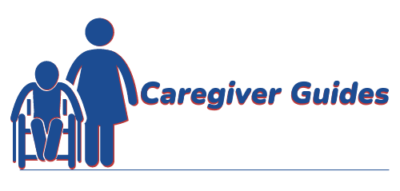
The short answer is that the changes in the musculoskeletal system that come with aging increases the likelihood for arthritis. In addition, there are things like inactivity, falls and injury, obesity, and other issues that can lead to arthritis that show up when a person gets older and aren’t as noticeable, or are even absent, when a person is younger.
It seems the most common health condition that people over 70 have to deal with in the United States is arthritis. In fact, according to the CDC, 1/4 of the adult population and nearly half of the adults over 65 years old say that their doctor has diagnosed them with arthritis.
For clarification, (osteo) arthritis, not to be confused with rhuematoid arthritis, is a wearing out of the cartilage lining of the joints that leads to inflammation in those joints, which leads to pain, stiffness, and reduced mobility in those joints (and indirectly, over the whole body).
Frequently called Osteoarthritis, or, OA, it can be caused by a variety of factors, including the “wear and tear of age”, genetics, suffering an injury, and also other lifestyle factors like being obese and not getting enough exercise. As implied from above, there are different types of arthritis, with osteoarthritis and rheumatoid arthritis being the most common.
Is There a Treatment For Arthritis?
For most, arthritis can be a challenging condition to live with. While there are a growing number of treatments that can help you manage your symptoms and improve your quality of life, keep in mind that they are not necessarily a “cure”. Some treatments include things like different medications, physical therapy treatments and exercises, and you can also use assistive devices like canes and walkers, or equipment or devices like compression sleeves or hot wax baths for your hands and feet.
Keep in mind that although the CDC says that arthritis is the most common health condition for older adults in the US, it is by no means the only one. Other common health issues for older folks include high blood pressure, diabetes, heart disease, and dementia (Grrrrr…), among others. It’s really important for older adults and their caregivers to stay proactive about their health, and be their own advocate. Getting regular check-ups with your family doctor, establishing healthy lifestyle choices, and practicing good self-care will help maximize optimal quality of life throughout the health-span.
Walking, biking and swimming are often listed as great low-impact exercises for people with arthritis. “I often recommend water therapy if you have access to a pool,” said Dr. Elexander Atkinson, a family medicine physician with Novant Health in Charlotte, North Carolina. “Whether you’re walking, swimming or doing water aerobics, it’s my No. 1 recommendation.”
https://www.cnn.com/2023/02/10/health/exercises-for-arthritis-pain-relief-wellness/index.html
Walking makes a great low-impact exercise to help manage your arthritis pain and symptoms.
“If you’re not a fan of the water, that’s fine. The best exercise for you is the one you enjoy doing the most”, Atkinson said. Luckily, you have so many choices. In addition to walking, biking and water exercises, you can dance, garden, play shuffleboard or bocce ball, cross-country ski, or use elliptical machines. Exercise programs aimed more at flexibility, balance and strength are important, too. Think yoga, tai chi and Pilates.
Although dealing with arthritis may be painful and a chore, it won’t stay that way if you can figure out a good routine to address your particular issues. Some have bad arthritis of the knees or hips. Then again, others have arthritis in their hands and wrists. Being curious, accepting the fact that it will be uncomfortable initially as you find out what works, and then committing to work your program will do a lot to improve the quality of life for those that have arthritis.

Bryan Williams
Physical Therapist
is a licensed therapist with near 30 years of professional experience treating a diverse patient population in a multitude of settings. With simple strategies, he educates and empowers his clients with simple strategies to help them move better and with less pain.

